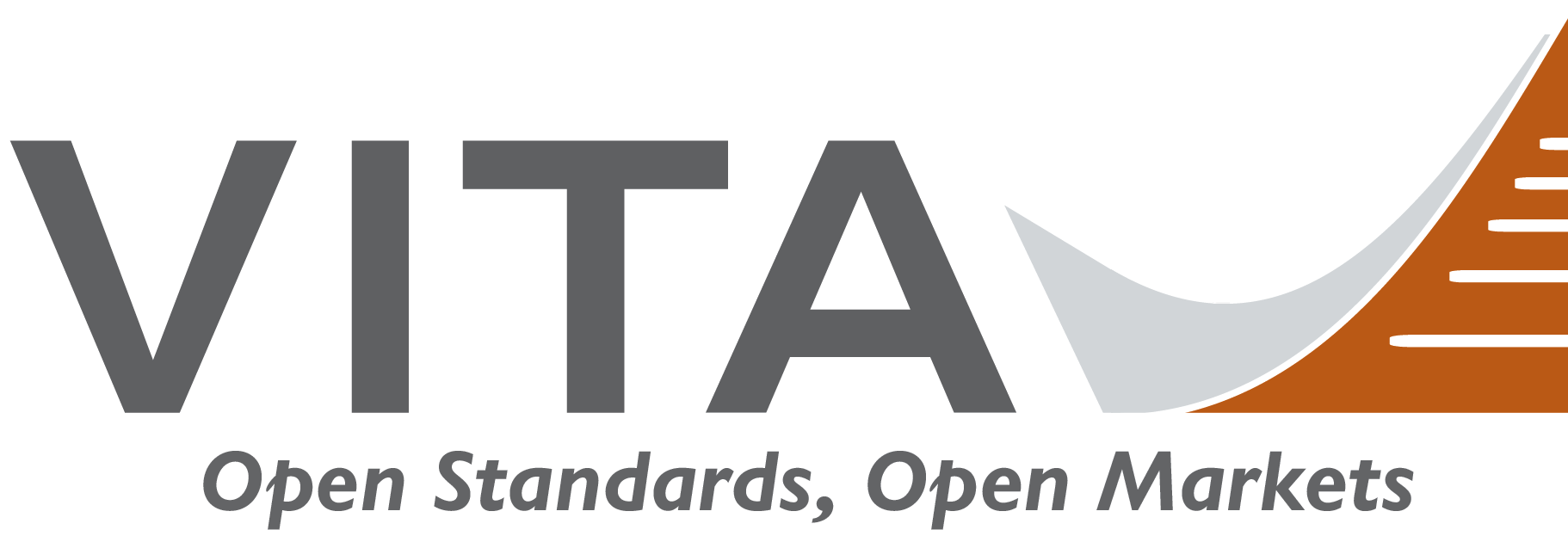Christian Hobmaier, Product Manager, ODU Group
Christian Hobmaier is a Product Manager for ODU Group who lives near Munich, Germany with his wife and daughter. As Product Manager, he is passionate about developing innovative solutions and optimizing processes. Hobmaier is goal-oriented and driven by the challenges in his work that make him think strategically and creatively.
Germany with his wife and daughter. As Product Manager, he is passionate about developing innovative solutions and optimizing processes. Hobmaier is goal-oriented and driven by the challenges in his work that make him think strategically and creatively.
1. Since VITA 96 is an upcoming standard, can you explain what new efforts it will be addressing?
Since VITA 96 is an upcoming standard, it is expected to address several key advancements in embedded computing. The standard is also expected to emphasize ruggedization, making it suitable for use in harsh environments such as defense, aerospace, and industrial applications. Furthermore, it may introduce improved connectivity solutions, incorporating high-speed serial interfaces for better system flexibility. Lastly, VITA 96 is designed to provide a modular and scalable architecture, enabling greater customization and adaptability for various application needs.
2. How will fiber optic solutions benefit from the implementation of VITA 96?
The new standard will provide high-speed data transmission, which is crucial for fiber optic systems to embrace their full potential in terms of bandwidth and performance. Another major advantage lies in the physical nature of data transmission. It enables an interface that is not susceptible to interference and, unlike conventional solutions, remains low-maintenance and user-friendly even under adverse conditions. With its modular and scalable architecture, VITA 96 is likely to integrate fiber optic connectivity options into its framework, enabling more efficient and reliable communication in embedded systems, especially in demanding environments like defense or aerospace.
WHY ENGINEERING?
1. Did you always want to be an engineer? If so, why? If not, how’d you wind up here?
I’ve wanted to be an engineer since I was 15, driven by my fascination with technology. In 2017, I started as a design engineer at ODU, where I had the opportunity to learn extensively about connectors from various perspectives. A year ago, I decided to shift my focus toward the market while leveraging my technical expertise, which led me to transition into a Product Manager role. This new challenge allows me to combine my engineering background with strategic market insights to create impactful solutions.
2. What has surprised you the most about the work you do with embedded computing? (or engineering in general)
The most surprising aspect has been the growing demand for high-performance connectivity solutions, especially in embedded computing systems. As data rates increase and systems become more complex, the need for reliable and robust connections, particularly in challenging environments like aerospace and defense, has become critical. Fiber optic solutions are becoming essential for long-distance, high-speed data transmission with minimal loss, and they need to seamlessly fit into modular systems like those supported by standards such as VITA 96.
What also surprises me is how rapidly the market is evolving, with new standards and technologies continuously pushing the boundaries of what’s possible. The challenge of developing solutions that not only meet, but exceed these growing expectations keeps us focused on innovation and continuous improvement.
3. What is one of the biggest issues currently facing engineers?
One might be the increasing complexity of systems combined with the need for faster innovation. As technologies advance, engineers are tasked with designing more integrated, efficient, and scalable systems, often under tight deadlines. This requires keeping up with rapidly changing technologies, tools, and standards, while ensuring reliability and security, especially in critical applications. Additionally, managing the environmental impact of engineering projects and meeting sustainability goals adds another layer of challenge, requiring engineers to balance performance with energy efficiency and resource conservation.
4. What advice would you give to someone looking into this field of engineering?
My advice would be to stay curious and continuously learn. The world of embedded systems and engineering, in general, evolves rapidly, so it’s important to embrace lifelong learning—whether through formal education, online courses, or hands-on experience.
Additionally, developing a strong foundation in both hardware and software is crucial, as the two are deeply intertwined in embedded systems. It’s also valuable to gain experience in problem-solving and adapting to real-world challenges, as engineering often requires creative thinking to address complex issues.
Off the cuff: Tell us your favorite joke.
My wife sat me down and said, "If I ever die, I don't want you to live out your days lonely."
I tried to push it aside, "Oh no honey, don't worry, that won't happen."
She persisted, "Look, I mean it. I want you to move on, to find someone else and be happy. Maybe even remarry. Promise me."
So I relented, "OK, OK... I understand. I promise." Then she added, "Oh, but please don't let her wear my clothes."
So I said, "Oh, don't worry, she is not your size."
